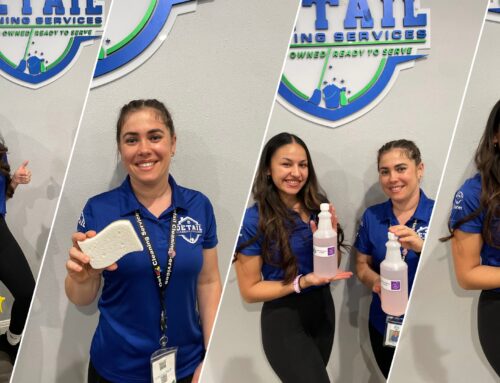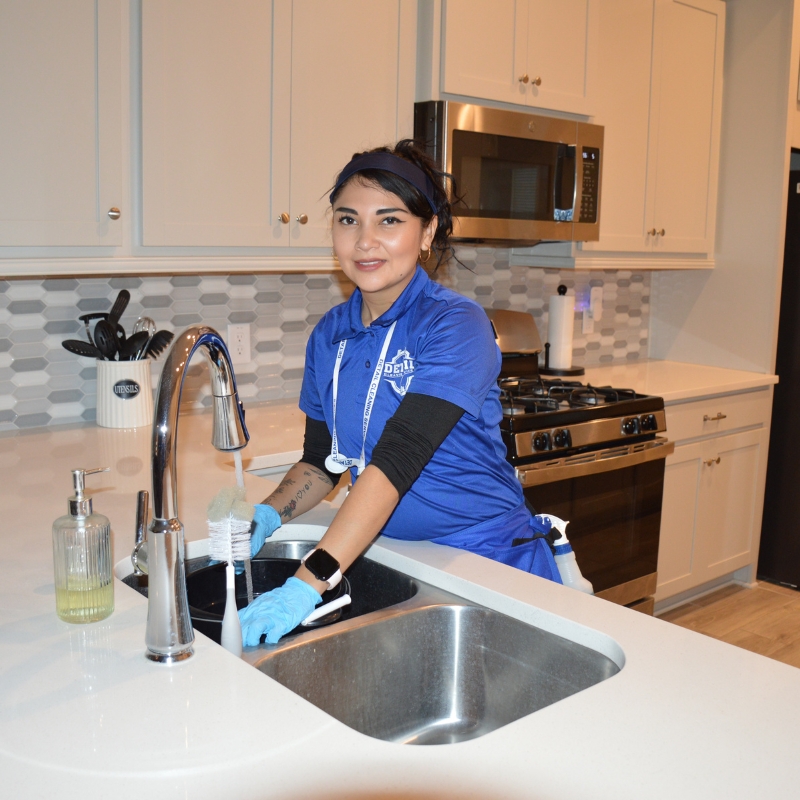
How Often Should You Mop Your Floors?
Did you know that shoes have an average of 421,000 units of bacteria on the outside of them, not to mention all the bacteria on the inside? Some of these pathogens include E. coli. This is why you want to keep your floors as clean as possible, so you don’t spread harmful germs and bacteria around your home.
But how often should you mop your floors? Although the answer varies based on whether or not you check your shoes at the door or not, there are some universal guidelines to follow.
This guide walks you through how to clean your floors and provides tons of great tips and tricks on how to mop floors, so be sure to keep reading.
Type of Flooring
How often you should mop your floors depends on several factors. One of these factors is the type of flooring you have.
Even if you live alone and remove your shoes at the door, your floors still need attention. This includes sweeping, vacuuming, and mopping at least once a week, but different types of floors require different cleaning techniques.
Even if rooms are left empty, dirt and dust still accumulate, especially if you have forced hot air. You need to clean your floors to remove any debris and to keep them in prime condition.
If you have sealed floors, you won’t need to mop and sweep as often as you would with unsealed floors. Sealed tend to dry faster as well, making them easier to clean.
For unsealed floors, you’ll need to clean them more often as they’re unable to resist water the same way sealed floors can. You’ll also need to clean them faster than you would with sealed floors, as too much moisture can damage them. Don’t use a saturated mop (opt for one that’s damp) and try to work fast.
Foot Traffic
The amount of foot traffic in your home plays a role in how often you need to mop your floors. You can remove your shoes at the door and asks guests to do so as well, but if you choose to wear shoes inside, you’ll need to clean your floors more often.
For homes that wear shoes indoors, you need to sweep or vacuum high-traffic areas daily. You should mop every couple of days to remove exterior dirt tracked in, along with mud, pesticides, and harmful pathogens, such as viruses, that shoes carry on them.
However, the rooms where shoes aren’t worn can be mopped once a week.
Determine Your Activity Level
Do you have areas of your house where your children play games, paint, color, and snack? If so, you’ll want to vacuum these areas daily and mop every other day. Mopping not only removes dirt and debris but helps to rid your home of germs.
Homes that have pets should also mop frequently, especially when they track in mud or snow during inclement weather. If you’re an avid cook, you’ll want to mop more frequently as well.
Invest in Floor Mats
Are you looking to avoid cleaning your floors as often? If so, you should invest in floor mats and rugs.
Put them in front of exterior doors and have family and friends remove their shoes on them. They’ll help to eliminate the amount of mopping you do while containing messes, especially on days with inclement weather.
All you have to do is throw them in the wash when they get dirty.
Tips for Mopping Floors
Now that you know how often to mop your floors, you’re probably wondering about some tips and tricks. For starters, you can mop or steam clean your floors, depending on the foot-traffic level.
If you don’t wear shoes in your home, you may be able to simply steam clean them. You won’t need a bucket, gloves, or chemical cleaners, which can be dangerous for children and pets. Steam cleaners rely solely on water and can kill all kinds of germs and bacteria while being eco-friendly.
However, if you wear shoes in your house, you may want to use a traditional mop and bucket to remove and rinse away any dirt and germs from your floor. Remember to use a non-toxic cleaner that’s safe for children and pets.
Before mopping, vacuum or sweep the area to remove any large particles. Always start at the far corner and work backward so you don’t have to step on the section of floor you just mopped. When wet, it can pose a slip-and-fall hazard.
Use back-and-forth motions and cover each area twice, ensuring you cleaned it thoroughly. When using a mop and bucket, replace the water when it gets murky looking.
Once you’re finished mopping your home, wash your mop pads (when using a steam cleaner or disposable mop pads) or rinse your mop head with clean water and let it air dry.
Types of Mops
As previously mentioned, the most eco-friendly mop you can use is a steam mop. However, you may opt for a more traditional mop and bucket.
You can even make a mixture of white vinegar, water, and dish soap (only a small amount) to make your own floor cleaners. If you pour it into a spray bottle, you can spritz it on your floors before mopping them with a reusable microfiber mop head. This is another eco-friendly option for a green home.
You might also opt for disposable mop heads if you’re not interested in doing more laundry. They typically have a cotton-blend outer layer and an absorbent core.
Instead of spraying your floor with a homemade solution you pour into a bottle, you can purchase a spray mop and insert the homemade solution into it instead. You can also use reusable or disposable mop heads with these.
How Often Should You Mop Your Floors?
So, how often should you mop your floors? If you remove your shoes at the door, once a week is fine, unless you encounter a mess or have high-traffic areas, kids, and pets. If you wear shoes indoors, aim to mop your floors every other day.
Remember to put mats at each exterior door and to remove shoes if you’re looking to reduce harmful bacteria and viruses being tracked inside your home. And you should ideally vacuum daily to keep your floors as clean as possible.
If you’re looking for professional home cleaning services, then Detail Cleaning Service can help. We offer everything from one-time to recurring cleaning and can help you with all your disinfecting needs. Get an instant quote today!
Share this article
Follow us
A quick overview of the topics covered in this article.










